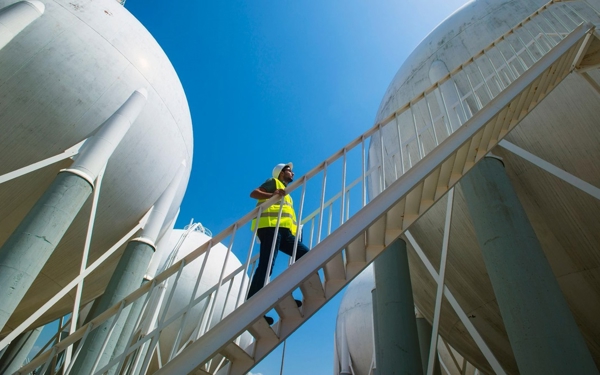Objective: circular economy by 2030
The Dutch government aims to achieve a fully circular economy by 2050. The financial sector plays a crucial role in this respect. However, there are still many obstacles to the financing of circular companies and projects. For example, companies must act within the framework of a predominantly linear economy, in which negative externalities are not reflected in the price of products and services. As a result, investors are still unable to properly understand or assess the risk and return profiles of circular business models, and tend to give priority to linear investment.
How can the financial sector contribute?
The financial sector, as a financier of circular companies, can play an important role in accelerating the transition to a circular economy. The working group therefore believes that by 2030 circular considerations should be an integral part of the assessment of funding applications and investment decisions. To achieve this, the working group proposes four concrete actions for the financial sector in its roadmap to a circular economy in 2030 (link to the Dutch report, link to the English summary).
Four actions
The working group suggests the following four actions:
- Factor linear and circular risks into financing decisions
Linear risk – the risk of discontinuity by continuing to operate under the unsustainable assumption of infinite resources – must be explicitly considered in financing decisions. And circular risks need to be assessed more realistically by focusing (risk) models on the future and looking for certainties in future cash flows, long-term stability and chain contracts.
- Weigh circular metrics in financing
The inclusion of circular metrics in financing increases transparency, allows for external verification and benchmarking and reduces the risk of greenwashing.
- Build up experience by closing landmark deals
A landmark deal is financing a company that explicitly pursues circularity and applies at least one new element of circular finance. The insights arising from this – how best to measure circularity, how risks and opportunities should be weighed and how financiers can use this information in a structural way – can then be shared with the sector.
- Optimise and broaden the range of financing instruments
This ensures that a tipping point is quickly reached after which circular financing becomes the standard. With more early-stage venture capital for circular companies and the development of appropriate financing, circular companies can scale up sufficiently to meet investment criteria for later-stage financiers, such as banks and institutional investors. Blended finance, public funding and financial innovation can play an important role here.
Call for cooperation
In addition, the working group calls on the financial sector to cooperate with customers, governments, regulators and supervisors.




